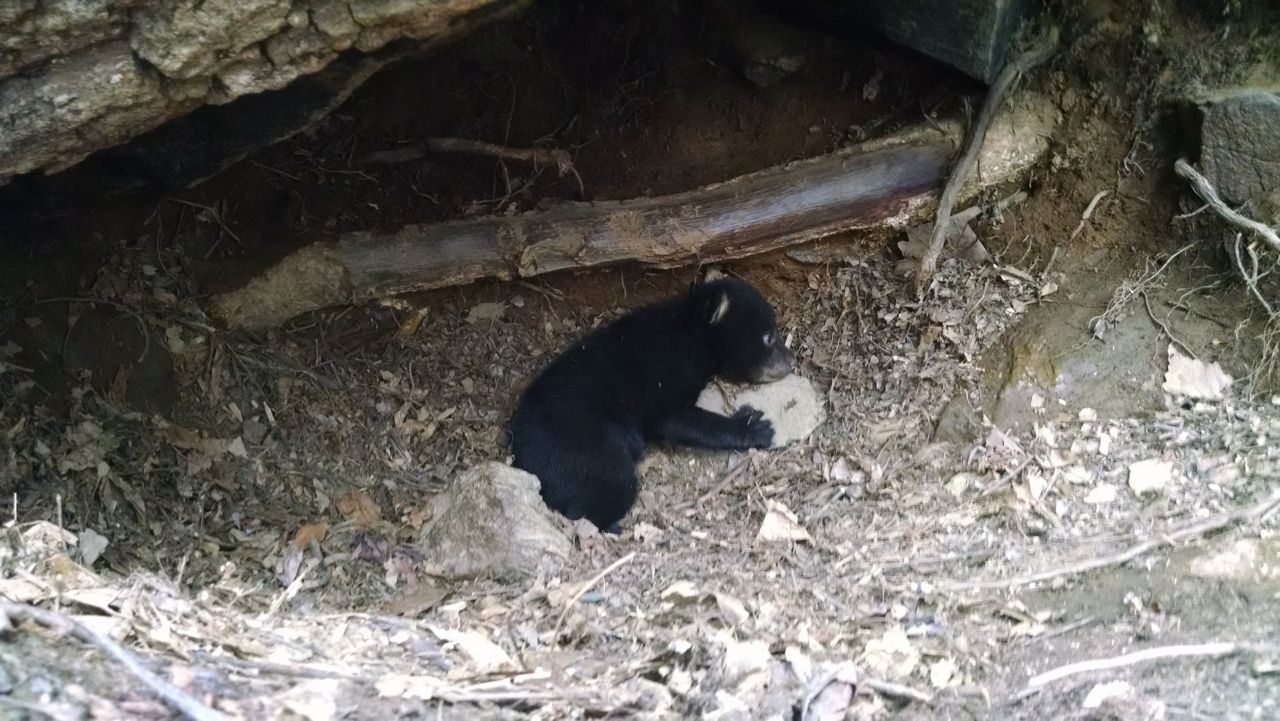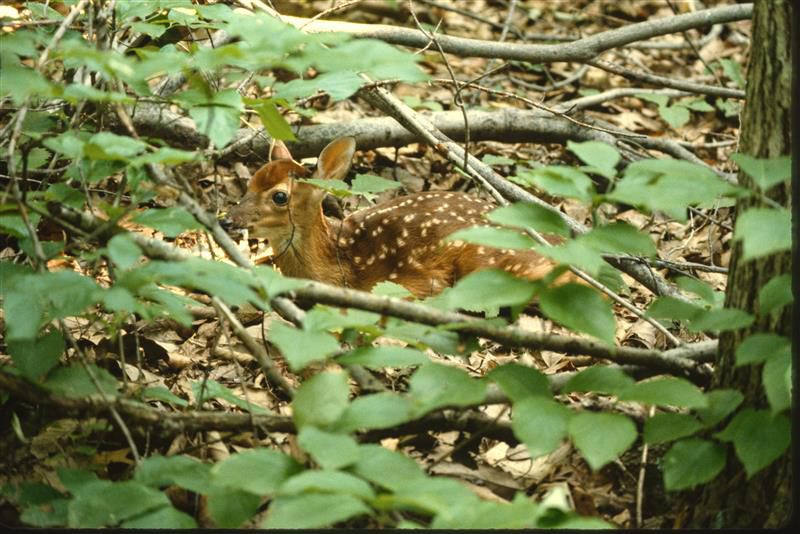RALEIGH N.C. — The vernal equinox falls on March 19 this year, so spring has officially sprung.
Animals and critters of all kinds are emerging from their winter slumbers across North Carolina.
What You Need To Know
- The return of spring also means the return of some animals across North Carolina
- Bears, foxes, rabbits and more have offspring this time of year
- It's best to leave wild animals alone, and call the N.C. Wildlife Helpline if you see an animal in need
It also means more offspring throughout the spring and summer. As more creatures emerge across the state, the N.C. Wildlife Resources Commission is offering advice on what to do if you encounter one of these animals.
Black bears
Black bears emerge from hibernation in the spring and become more active. Black bears are particularly prevalent in the mountain and coastal regions of North Carolina, but they are becoming more common in the Piedmont.
The biggest attractor for bears is trash. Food trash will attract bears, but anything that smells like food will also attract them.
Bears are extra hungry in early spring, so secure trash away from their reach. Ensure trash cans are washed to get rid of any food odor.
Take down bird feeders and be cautious of bear-attracting scents in storage. The smell of birdseed, beverages or canned food could attract a hungry bear.

You might also come across bear cubs that are alone. Most cubs are waiting for their mom to return from foraging, so don’t bother them.
If you suspect a cub is an orphan, do not handle or feed it. Instead, call the N.C. Wildlife Helpline, who will place the cub with a licensed cub rehabilitator.
Snakes
Snakes become more active when the weather warms up due to their cold-blooded nature. Despite their creepy appearance, snakes play a crucial role in controlling rodent, slug and insect numbers.
Ten of North Carolina’s snake species are either endangered or face some sort of concern. If you come across one, instead of killing it, stay calm and give it plenty of space.
If you think it’s a rattlesnake or Northern pine snake, note its location and report it to NCWRC.
Coyotes and foxes
Both coyotes and foxes give birth in the spring and can be found searching for more food for their pups.
Coyote sightings peak in May. They rarely attack people, but are opportunistic hunters, so keep a close eye on any small pets. Removing outdoor pet food and food waste, keeping pets on a leash and installing fencing can all help protect pets and keep coyotes away.
Coyotes with young pups build dens in wooded areas to protect them. If a coyote starts following you, its den may be nearby. Calmly leave the area and tell others not to go near. Coyotes will leave the area in a few weeks when their pups are older.
Foxes give birth between February and April, and their pups leave the den to explore in summer. They mostly come out at night and are shy and usually not aggressive. Like coyotes, they are opportunistic hunters and are attracted to pet food, garbage and animals that use bird feeders.
Unlike coyotes, foxes are well adapted to living around people and love living in neighborhoods. While it's illegal to relocate foxes (to prevent rabies from spreading to other animals or people), there are ways to keep them from trying to den near your home:
- Place a spotlight on the ground point toward the den entrance
- Play talk radio at a high volume next to the den or frequently make loud noises next to it
- Install a motion-activated sprinkler near the den entrance or throw objects in the fox's direction
Rabbits and deer fawns
While rabbits and deer pose no threat to humans or their pets, they both give birth around this time of year.
You might see newborn rabbits in your backyard, or under clumps of thick grass or shrubs. Female rabbits actively avoid their nests, which look like patches of dead grass, to avoid attracting predators.
If you see a baby rabbit outside the nest, leave it alone. The mother is likely just waiting for you to leave to return. If you believe the rabbit is hurt or in danger, contact the N.C. Wildlife Helpline.

Deer fawns are born in the late spring and early summer. They are born with spots and little scent, making them vulnerable to predators.
Like rabbits, does stay away from their fawns during the day to avoid bringing a predator back. If you find a fawn that has been without a visit from its mother for 48 hours or is bleating loudly or appears thin or injured, contact the N.C. Wildlife Helpline.
Songbirds
Songbirds hatch throughout the spring. Young birds are particularly vulnerable, but there are things you can do to help the birds make it through this stage.
Nestlings are baby birds without feathers and cannot survive outside of the nest. If you find one outside the nest, return it as soon as possible. If the entire nest is on the ground, return it to the tree of construct a makeshift one.
Fledglings are baby birds that have their feathers, and can hop and fly short distances. These birds are usually on the ground because they are leaving the nest and learning to fly.
Hellbenders and mudpuppies
Hellbenders and mudpuppies are giant aquatic salamanders that live in lakes, rivers and ponds. The hellbender is the largest salamander in North America.
These fun-named lizards can be spotted more in the spring, especially as trout fishermen venture back out to the rivers when trout season starts on the first Saturday in April.
Neither the hellbender, nor mudpuppy is harmful to humans, but they may try to bite if handled. Both are North Carolina species of concern, and the NCWRC asks any sighting be reported.








)
